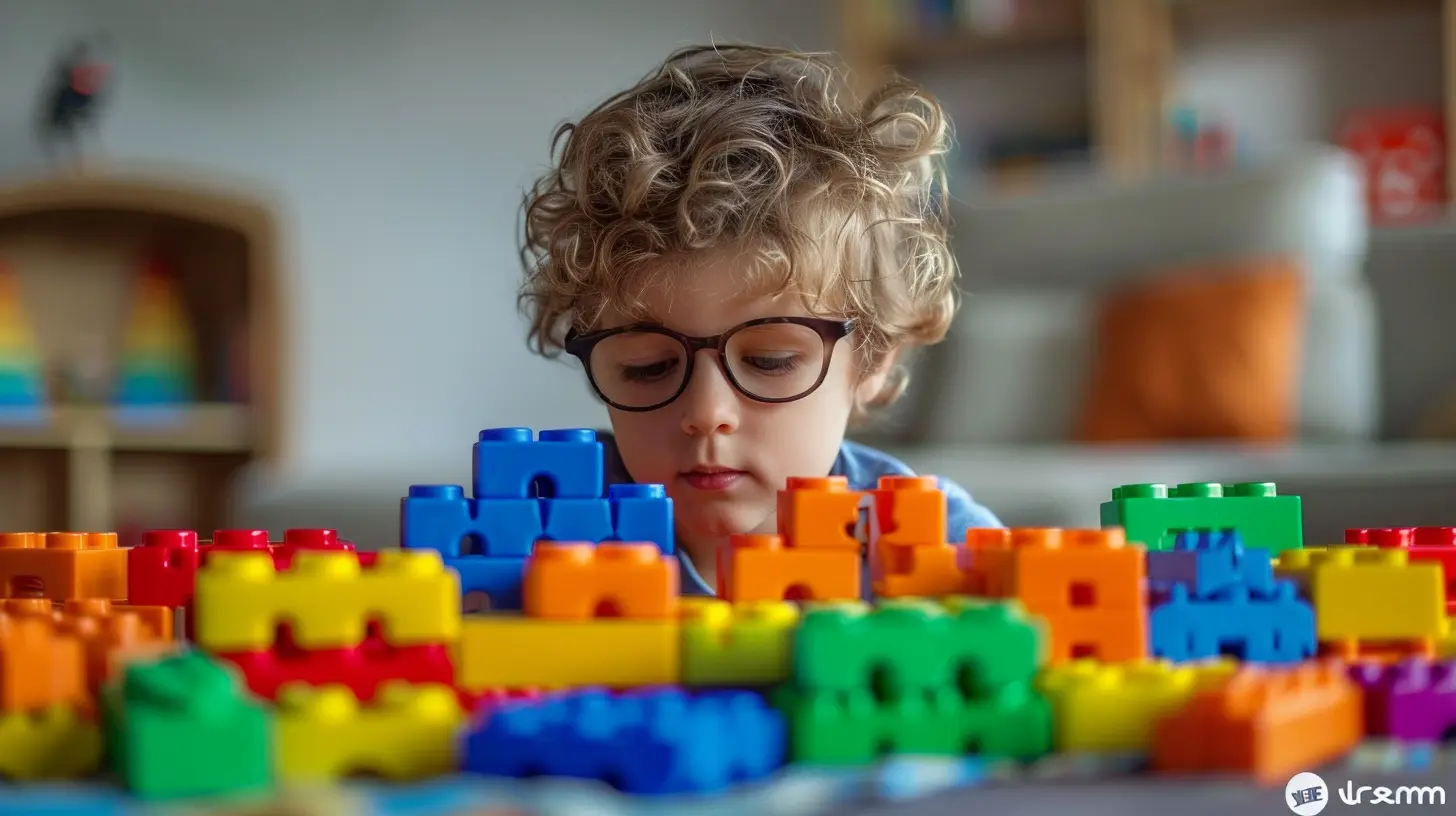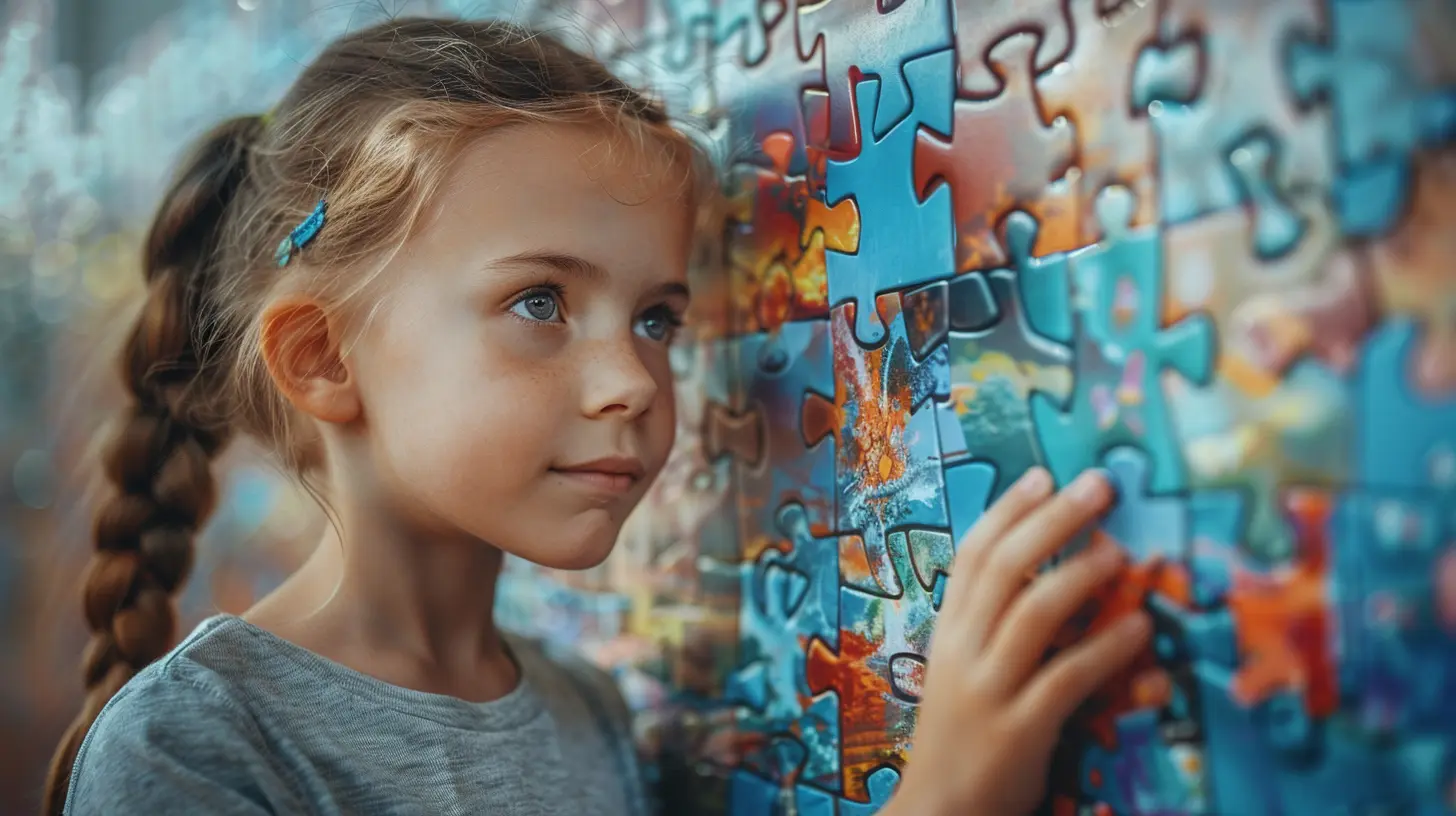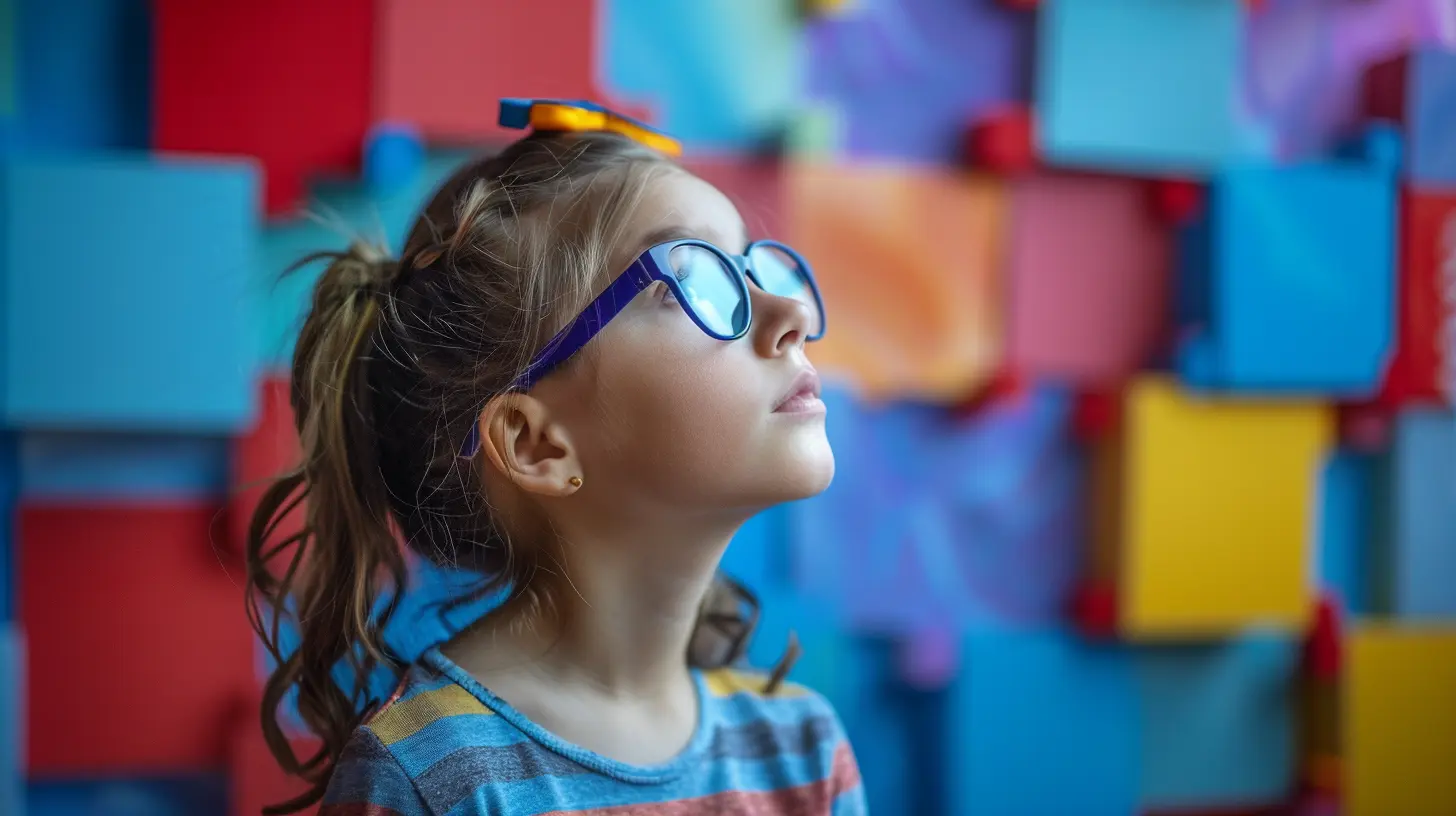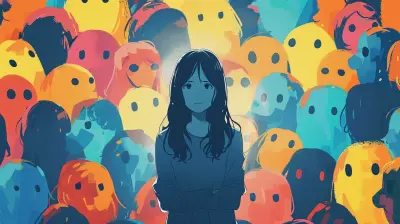Understanding How Children Develop Problem-Solving Skills
22 October 2025
Ever tried to help a kid tie their shoelaces only for them to declare, "I got this!" as they knot it into an unsolvable mystery of loops and bunny ears? Yep, that’s problem-solving in action! Kids aren’t born knowing how to crack codes or fix broken toys (although some of them do seem like little wizards). Developing problem-solving skills is a gradual—and often hilarious—part of growing up.
In this article, we’re diving headfirst into the fascinating, quirky, and sometimes chaotic world of how children develop their problem-solving abilities. We’ll unpack the milestones, the mental gymnastics, and the science behind those epic "aha!" moments. So grab your juice box and let’s get into it!
🧠 What Even Is a “Problem” to a Kid?
First off, let’s define the battlefield. For adults, a problem might be paying bills or fixing a leaky faucet. For kids? It’s stuff like the crayon broke, the tower of blocks just toppled, or someone ate the last cookie (again!).A problem, in child-speak, is simply anything that gets in the way of what they want. Solving it? That’s where the magic begins.
🐣 The Early Days: Baby Brainstorming
Believe it or not, babies start problem-solving way before they can talk—or walk. Ever watched a baby repeatedly drop their pacifier just to see you pick it up a hundred times? Annoying? Yes. But it's actually science in action.Babies as young as 6 months are testing cause and effect. Every time they knock over a block tower or splash their mashed peas all over the dog, they’re learning how their actions shape the world.
Key Signs of Problem-Solving in Infants
- Repeated actions to see results (drop toys, bang stuff, pull hair—ouch!)- Reaching for objects strategically
- Watching and imitating you (yes, even your bad habits)
So while it might not look like much, your baby is basically conducting a DIY science experiment every day. Move over Einstein.
🚼 Toddler Time: Trial, Error, and Tantrums
Once toddlers can move (and let’s be real, they move a lot), the problem-solving ramps up. They now tackle real-life puzzles like how to reach a forbidden cookie jar or how to convince you that they don’t need a nap (spoiler alert: they do).The Toddler Tool Kit
- Trial and Error – They'll try five wrong ways to open a toy before accidentally doing it right.- Imitation – Toddlers mimic what they see. Monkey see, monkey do... and sometimes monkey break.
- Persistence – This age group will try and try until they get it right—or until they dramatically throw the toy across the room.
Sure, it’s chaotic. It’s also brilliant. This is how they learn resilience and strategy—even if their solution is duct-taping the dog to the tricycle.
🧒 Preschoolers: Welcome to Imagination Station
Around ages 3–5, kids start mixing imagination with logic. This is when a cardboard box becomes a spaceship—and also a solution to not having a real one. You’ll notice their ability to plan, predict, and manipulate their environment starts getting sharper.Problem-Solving Strategies in Preschoolers
- Pretend Play – Role-playing helps them explore choices. “What would a superhero do?” is a valid question.- Asking for Help – They learn that some problems need teamwork.
- Using Language – Instead of whining (sometimes), they start explaining their dilemmas: “I can’t reach the block because the chair is too small.”
Preschoolers basically become tiny strategists with big dreams and questionable execution. But hey—progress is progress!
👧 The School-Age Leap: Building Brain Muscles
Once kids hit school age, you’ll notice their problems get trickier—and so do their solutions. From figuring out math problems to resolving playground drama without tears (well, fewer tears), their cognitive toolkit really starts filling out.Cognitive Upgrades Include:
- Logical Thinking – “If A = B and B = C, then A = C” suddenly makes sense to them.- Planning Ahead – They can now think a few steps down the line and anticipate outcomes.
- Empathy and Perspective-Taking – They begin to understand that other people have thoughts and feelings too. Revolutionary, right?
They’re still going to draw on the walls and forget where their shoes are, but their brain is buzzing with new problem-solving potential.
🧠 How the Brain Builds Problem-Solving Power
Let’s geek out for just a second. Problem-solving is a team effort across various regions of the brain, especially the prefrontal cortex—aka the command center for decisions, logic, and planning. This part of the brain keeps developing into early adulthood (so yes, your teenager still has some upgrading to do).Neural Nuggets:
- Brain cells (neurons) form connections through experience.- More practice = stronger neural pathways.
- Kids literally build better brain highways the more they solve problems.
So every time your child spends 30 minutes building a LEGO tower that keeps toppling, their brain is thanking them—even if your patience isn’t.
🙋♀️ Gentle Guidance: How Can Adults Help?
Kids don’t develop these skills in a vacuum. Your involvement matters—a lot. But here’s the kicker: helping doesn’t mean solving everything for them. (Tempting as it is when you're on a time crunch.)How You Can Foster Brainy Brilliance:
- Ask open-ended questions like, “What could you try next?”- Praise the process, not just the result. “You worked so hard on that!” goes a long way.
- Model your own problem-solving out loud. “Hmm, we’re out of milk. What can we do?”
- Offer choices rather than commands. “Do you want to finish the puzzle now or after lunch?”
Think of yourself as the co-pilot, not the chauffeur. Let them try, stumble, re-think, and try again. That’s the magic formula.
🎲 Playing with Purpose: Toys That Teach Brains to Think
Not all toys are created equal. Some are just...noise machines in disguise. Others? Goldmines for cognitive development.Top Toys for Tiny Problem-Solvers:
- Puzzles (because nothing says “strategy” like trying to find the corner piece)- Building Blocks and LEGOs
- Board Games (great for thinking ahead and managing emotions)
- Role-Playing Props (dolls, doctor kits, mini kitchens)
- STEM Kits (circuit boards, robot kits, slime labs)
Play is how kids rehearse life. It’s their version of a boardroom meeting—filled with dragons, cookies, and plastic bananas.
💡 When Problem-Solving Gets... Problematic
Sometimes, kids struggle more than expected. Maybe they get frustrated too easily, avoid challenges, or always rely on adults to fix things. That’s not unusual, but it might be time for a closer look.Signs to Watch:
- Frequent meltdowns when faced with minor challenges- Avoiding new tasks out of fear of failure
- Difficulty following multi-step directions
- Trouble with planning or flexible thinking
If this rings a few bells, it might be worth chatting with a child psychologist, teacher, or pediatrician. Every brain is different—and that’s okay! Some just need a little extra support.
🎉 Celebrate the Journey (Even When It’s Messy)
Here’s the deal: developing problem-solving skills isn’t a straight path. It’s more like a roller coaster... through a jungle... during a thunderstorm. But it’s also thrilling, rewarding, and full of “wow” moments.When your child finally zips up their own jacket or figures out how to share the swing without a lawsuit, those are the wins. Embrace the mess, enjoy the process, and know that every scraped knee or spilled juice box is one step closer to a capable, thinking, resilient human.
📝 Final Thoughts
Understanding how children develop problem-solving skills gives us a front-row seat to the wonders of the human mind in action. It’s curiosity + trial and error + support + a sprinkle of imagination. And guess what? You’re part of the equation.So the next time your child turns the living room into a trap-filled obstacle course just to rescue a stuffed animal… take a breath. Smile. That’s innovation at its finest.
all images in this post were generated using AI tools
Category:
Cognitive DevelopmentAuthor:

Jenna Richardson
Discussion
rate this article
1 comments
Quinn McCabe
The development of problem-solving skills in children reflects not just cognitive growth, but also emotional resilience. Nurturing curiosity and encouraging exploration can shape not only their intellect but also their capacity to navigate life's complexities.
October 25, 2025 at 4:48 AM

Jenna Richardson
Thank you for your insightful comment! I completely agree that fostering curiosity and emotional resilience is essential for cultivating children's problem-solving skills and overall growth.


